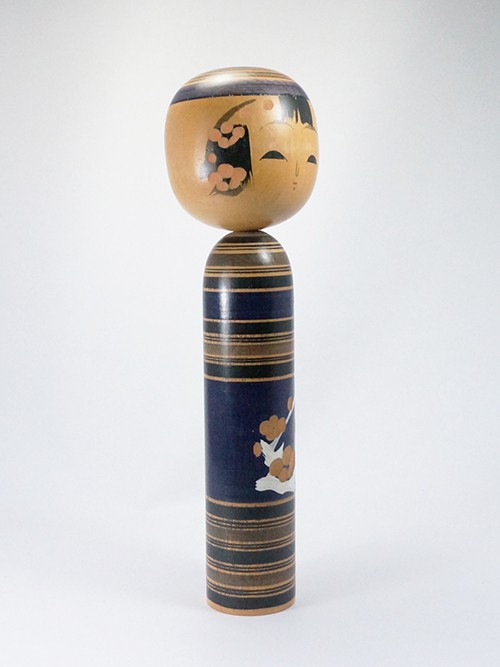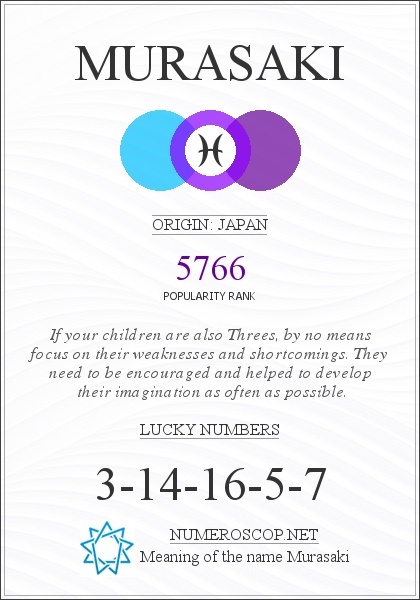

Genji wonders who lives in one of the dwellings, which has “halls and galleries… nicely disposed and… fine trees in the garden.” 5 One of Genji’s companions tells him that it is the house of a bishop ( sōzu) who has lived there in seclusion for the last two years.

Genji’s shabby traveling clothes ( ito itau yatsure-tamaeredo) do not deceive the hermit, who realizes that he has an eminent visitor. The visitors are also greatly moved ( ito aware nari) by the hermitage, here called a tera: the holy man lives on a high peak ( mine takaku), in a cave in the living rock ( fukaki iwa no naka ni zo). The countryside, lost in mist ( kasumi), seems to make a deep impression on the Prince, who usually lives in a highly restricted environment ( tokoroseki onmi nite, medurashū obosarekeri).
#Murasaki meaning full#
It is late in the Third Month: though the season for cherry blossoms has ended in the capital, the mountain cherries are in full bloom. Because the holy man ( hijiri) has asserted that he is now too old to leave his hermitage ( muro) far from the outside world ( yaya fukau iru tokoro narikeri), the Prince must go into the hills he does so along with four or five close companions ( mutsumashiki yotari-itsutari). Prince Genji has been advised to go there to be cured of a “high fever” ( warawa-yami) by the conjurations of a “practitioner” ( okonaibito) who is reputed to be highly efficacious. 4 The story is set in one of the “northern hills” ( kitayama) located just beyond the limits of the capital. A brief summary of the first part of the chapter follows.

The opening section of this chapter abounds in references to Buddhism and its texts, and many expressions in the chapter text are familiar to students of Buddhism.

Yamagishi Tokuhei, Iwanami Bunko (Tōkyō: Iwanami Shoten, 1965-1967).


 0 kommentar(er)
0 kommentar(er)
